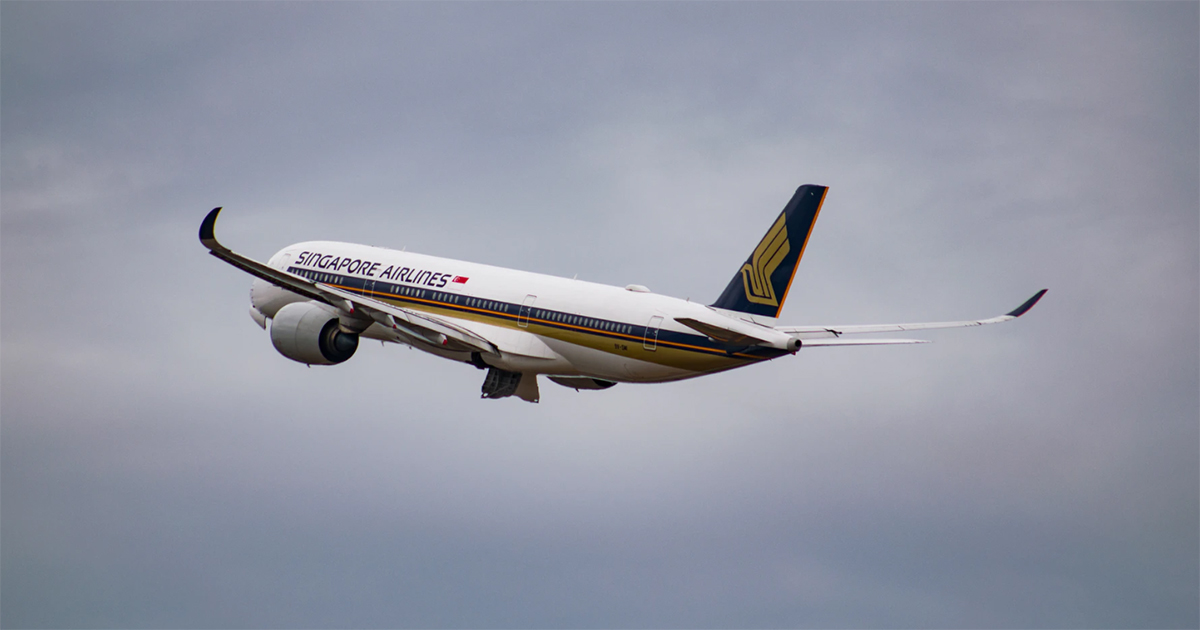Singapore Airlines (SIA) is projected to post losses amounting to S$1.26 billion in fiscal year 2021 before interest and taxes, and a 25 percent decline in revenue year on year, according to a DBS Group Research report forecast.
This is following deep cuts to its capacity at a time when Covid-19 infections are running rampant around the world.
SIA's full-year capacity would fall by 20 percent year on year.
The report also forecast that capacity may see a 75 percent year on year decline in May and a 50 percent cut in June.
However, capacity and demand is likely to steadily recover by the end of 2020.
SilkAir’s and Scoot’s capacity could be down 16 percent and 24 percent, respectively.
SIA on March 18 suspended additional services, which means it will operate at 50 percent of its capacity that had originally been scheduled up to end-April.
“Coupled with weaker load factors and yields, we project overall revenue for Q1 FY2021 to decline by 66% YoY, with an operating loss of $1b, before narrowing to an operating loss of S$500m in Q2 2020. Our quarterly forecasts assume a normalisation of travel demand and earnings by Q4 2020,” Paul Yong, analyst at DBS Group Research said.
Fall in oil prices of no help
No softening of landing is in sight even with the fall in global oil prices.
The recent 30 percent plunge in oil prices will fail to benefit SIA.
SIA is part of an extensive jet fuel hedging programme that will translate to substantial fuel hedging losses as oil prices stay low.
This is so as SIA had projected fuel prices staying high partly due to its optimistic outlook of fulfilling demand, and had taken the option to buy fuel priced within a certain band, but prices had plunged instead.
SIA now has more fuel volume hedged than it will consume in the next few months and is effectively long on oil price for the next two quarters, said Yong.
Oil prices are likely stay low in the months ahead, which will lead to substantial fuel hedging losses for SIA, he added.
“With the slash in capacity in the months ahead, SIA has now more fuel volume hedged than it will consume in the next few months and is effectively long on oil price for the next two quarters. With the precipitous drop in demand for oil (jet fuel being one of them), oil prices are likely to stay low in the months ahead, which will lead to substantial fuel hedging losses for SIA,” Yong explained.
If you like what you read, follow us on Facebook, Instagram, Twitter and Telegram to get the latest updates.
